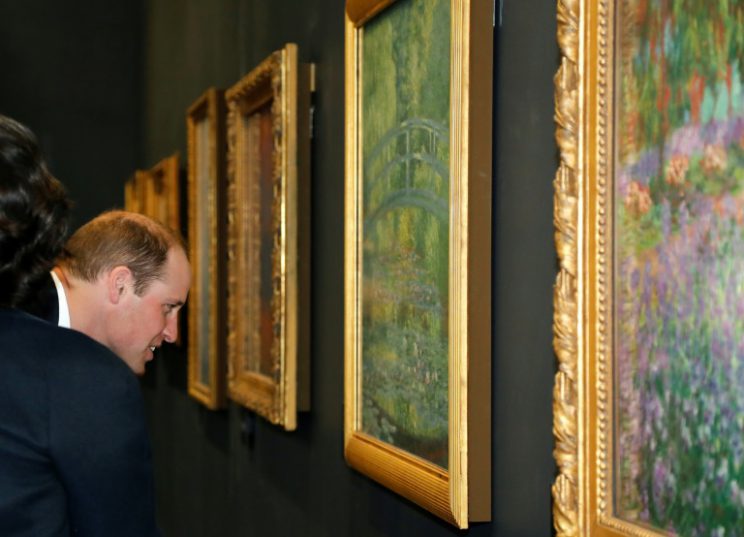Daily Lotto results: Friday, 2 May 2025
The fine art market is going through such a boom that it is only a matter of time before a painting sells for $1 billion (818 million euros), according to a new report seen by AFP Wednesday.
Driven by the record sale of Leonardo da Vinci’s “Salvator Mundi” to a Saudi prince for $450 million ($550 million) in November, the market is rising in a way not seen for three decades, the authoritative Artprice index said.
“The latest spectacular all-time fine art auction record… for ‘Salvator Mundi’ represents the beginning of a new era for the art market in which the next big milestone will be the $1 billion threshold,” it said.
“In the meantime, we are bound to see results between $179 million and $450 million in 2018,” it predicted.
Artprice founder Thierry Ehrmann told AFP the revival of the market after two years of falling prices was spectacular, with prices surging across the globe in the second half of the year.
“All the indicators have never been so good for 30 years,” he said, with the report suggesting everything points to “firm and durable growth”.
Competition for the very best artworks between top museums — with more and more being built across the globe — was also fuelling the boom.
“The real motor of the market’s growth is unquestionably the museum industry,” Artprice said.
– Museums battle billionaires –


Britain’s Prince William looks at a painting by French Impressionist Claude Monet at the Musee d’Orsay in Paris
“For the first time in history, the higher end of the market is being driven not by the whims of billionaires but by acquisition strategies designed to generate future cash from museum visitor flows.”
“The art market is now being partly driven by a balance-sheet logic that justifies acquisitions amounting to hundreds of millions of dollars,” the report added.
Art sales in America soared by more than a half in the second half of the year, almost the same amount in France, by more than a quarter in Britain and by 20 percent in China.
The Asian giant remains the world’s biggest art marketplace, said Artprice, with $5.1 billion in turnover — more than a third of the global total — with the US only slightly behind with $4.9 billion.
Artprice, which is partnered with the Chinese index Artron, said “intense competition between China and the US generated explosive growth in the West.
“Art clearly represents an essential element in the soft power arsenals of the US and China,” it added, as well as on a smaller scale in the Gulf, with Qatar and the United Arab Emirates competing with each other by opening big new art museums.
Designed by French architect Jean Nouvel, the Louvre Abu Dhabi opened in November 2017
Chinese supremacy was also marked in Artprice’s index of the world’s top 500 best performing artists at auction last year.
Chinese artists represent 32.4 percent of the total number compared to just 16.4 for American artists.
They made up four of the top 10 highest selling artists — Qi Baishi, Zhang Daqian, Fu Baoshi, Zao Wou-Ki — with Qi coming in fifth overall behind Leonardo, Picasso, Jean-Michel Basquiat and Andy Warhol.
As well as Leonardo, the year also saw new auction records for Basquiat, Qi, Zao, Marc Chagall, Fernand Leger and Brancusi.
Fine art is often defined as paintings, sculptures, drawings, photographs, prints, videos, installations and tapestries, but excludes furniture and traditional cultural artefacts.
Download our app